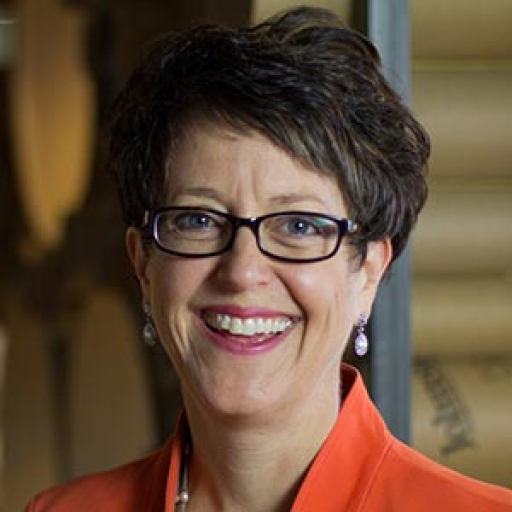Shelton Stat of the Week
When asked to think about their children and what might occur in their entire lifetime due to climate change, 84% responded with concern, up from 76% in 2020. — Eco Pulse®, 2022 (Global)
One of our ERM colleagues across the pond has been involved — alongside 45 PR agencies and the United Nation’s Development Programme (UNDP) — in an organization worth knowing about.
It’s called the Weather Kids campaign, and it launched in late March, with coverage in over 80 markets so far (including The Weather Channel in the United States). It features a series of children from around the world taking over local and national TV weather reports to deliver terrifying forecasts from the future. The segments warn viewers of the catastrophic risks that rising temperatures will bring to people and the global economy in just a few decades, including a projected impact on 94% of the world’s children. Beyond highlighting and amplifying the urgent climate issue via earned media, the objective is to motivate adults to take a pledge that commits them to changing their habits for the benefit of children in their lives.
You can take the pledge by scrolling down on the home page here.
Beyond this being a great example of comms agencies coming together and using their power for good, it does an excellent job of reframing the message away from future generations to children who are here right now. Every parent knows we are instinctively wired to protect our kids. Yet, when we hear about sustainability as something that’s for “future generations,” it sounds less immediate and a little impersonal. Who are those people? I don’t know them, I don’t feel anything for them, therefore my amygdala isn’t triggered to jump into action.
This campaign makes it personal in two ways. It features a spunky kid as the spokesperson who serves as a proxy for your own kid/grandkid/niece/kid you love, and the campaign invites you to take a public pledge to commit to action for the kid you love. Now, I’m often not a big fan of pledges (it can make people feel like they’ve done something when they really haven’t, which gets in the way of actual action). But in this case, you type in your name and your kid’s name…so, at least for me, it feels stickier.
Once you make the pledge you see how the future can be changed for your child and get to see actions you can take to make that better forecast a reality. My only criticism is that it takes several clicks to get to the “how to take action” part, and there are so many actions, it could feel overwhelming. I wish that as soon as I signed the pledge it gave me the 1-3 most important actions I can take (so I know what I’ve just pledged to do) and then showed me the beautiful new forecast that results from taking those actions.
(We’ve learned the hard way, through marketing utility energy efficiency programs, that if you give people a list of 14 things to do, they quickly tune out because it seems too overwhelming. But 1-3 things are manageable.)
Regardless, it’s a great example of how to frame a sustainability message in a way that resonates, activates the right emotional alarm bells and moves people to action. Check it out, take the pledge, and take action for the kids in your life.
 View all
View all 
